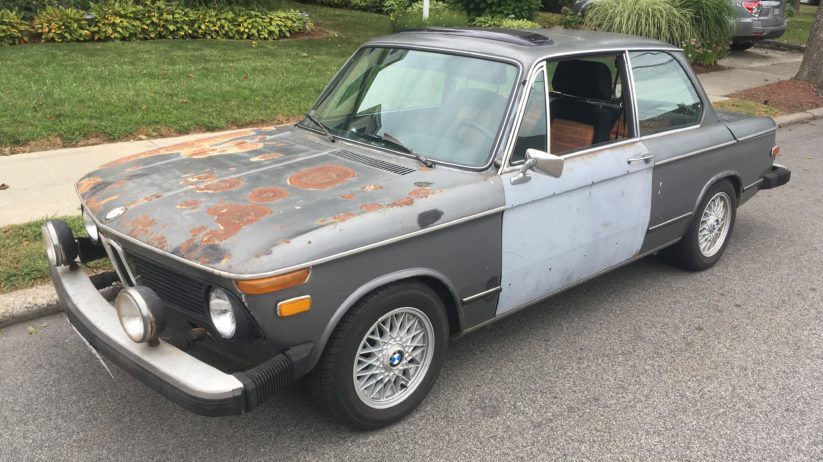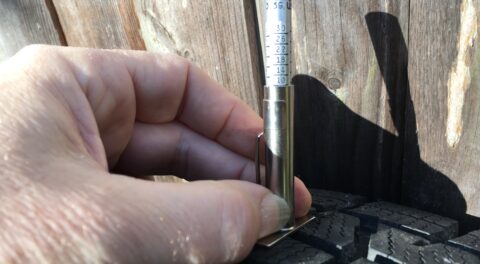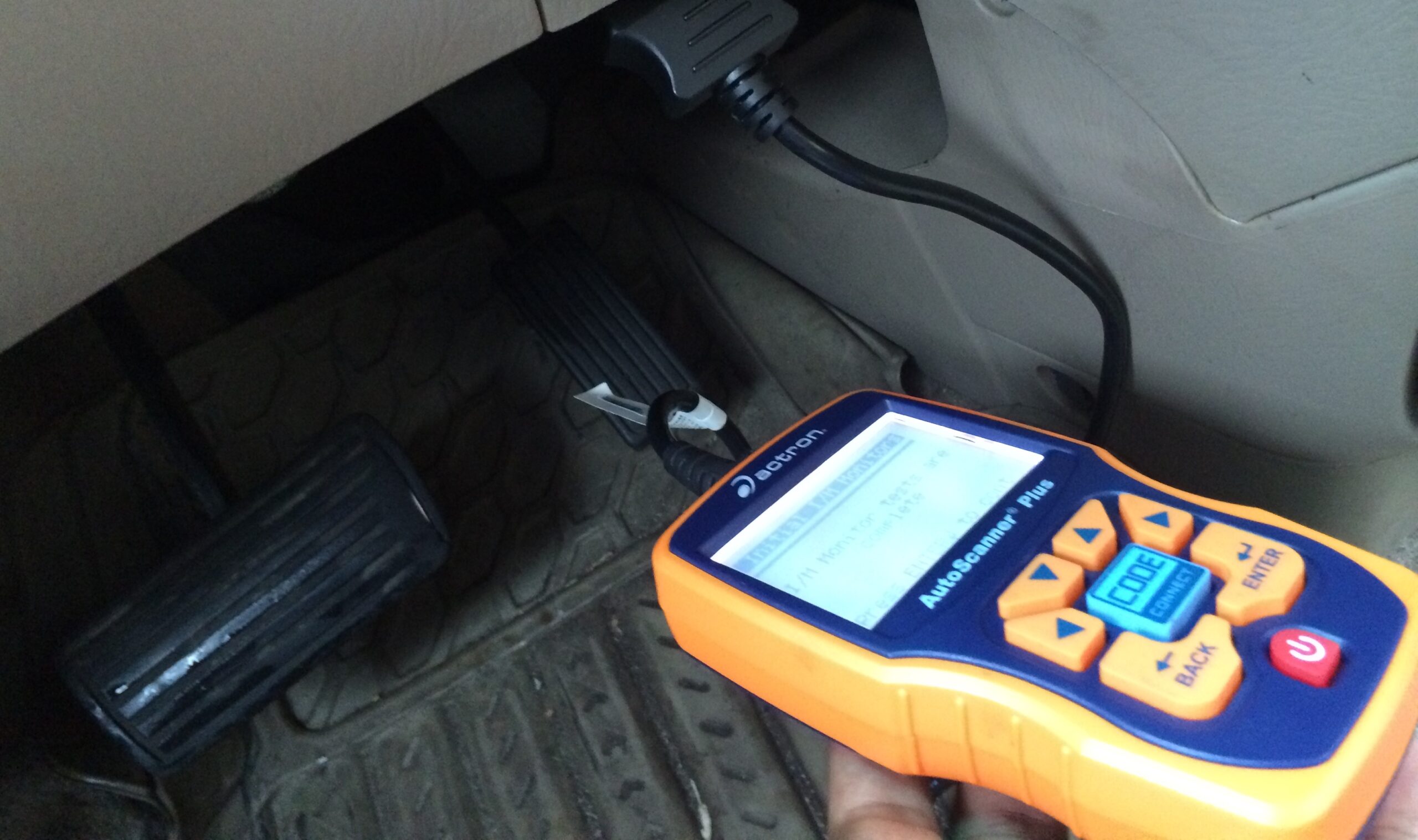That’s a silly title, really: There is no end, and thus no end game, to vintage-car ownership. If I were a golfer, perhaps I’d instead say, “The short game”—you know, the ball is on the green, you’re close, get it in the hole.
But that’s not right, either. The game, whatever kind of game you want to call it, at least with me, isn’t about completion; it’s Don’t jeopardize the family finances while you endlessly keep screwing with this car—and oh, yeah, you need to figure out where to store it while you’re not driving it, which is, in fact, most of the time, because it’s car #12. But use the damned car, because if you don’t, why did you buy it?
With Bertha, this issue is a bit more acute, since it’s not just, “Why did you buy it?” It’s “Why did you buy it back?”
So forget the title. Here I am, a little over three months after rescuing Bertha from my friend Alex’s neighbor’s garage in which she sat for 26 years. I rolled the stone away and drove her out of the cave back in June, but the point at which she was street-drivable was late July.
And after a few big repairs and a myriad of small ones, the car not only runs, but goes like a bat out of hell.
With the new internally-regulated alternator and working a/c, it’s now at the point where I simply get in it, twist the key, aim the cold air at my face, drive it, hear those Weber 40DCOEs open up loud and snotty, and smile. And with the installation of the beveled 47-mm dust caps on Bertha’s tii front rotors, I even got the the center caps to fit on the basketweaves, making her look almost civilized. (Google “Avonnride 47-mm dust caps” and you’ll find sources for them in England.)
Make no mistake, Bertha is still a total rat, but she’s a mostly functional total rat. I do still keep a few tools on the floor behind the driver’s seat, but I no longer feel that it’s necessary, for example, to always keep the cigarette-lighter voltmeter plugged in to monitor charging voltage, or always have two 13-mm wrenches within reach at all times to tighten up what had been a perennially-slipping alternator belt if I’m just running out to buy beer.
So what’s left? Well, obviously, an adventure. And what would prevent me from hitting the road with Bertha and having said adventure? Well, obviously, addressing the stuff that wasn’t easily addressable.
Okay, there are still two small prophylactic maintenance issues—maybe three. I’d be an idiot not to replace the clutch hydraulics that sat for 26 years. The ones on Louie, my ’72 tii, failed just as I began the thousand-mile drive home from Louisville last year; fool me once and all that. The master and slave together are maybe a hundred bucks. This is a repair best done at home, not parts you throw into the trunk in case they fail on the road.
Likewise with the water pump: It seems fine, just a bit of play in the bearing, but it’s ancient and the peace-of-mind factor is worth changing it. And since it’s not a tii, water pumps are short money.
Finally, I’d feel better if the car’s aftermarket electric fuel pump had a spare. That one I would just throw in the trunk. Trivial, right?
But Bertha also appears to have some concerning driveline issues—four separate ones, actually. Individually they don’t sound like much, but collectively they feel like a tether on my hitting the road.
The first is that the Getrag 245 five-speed is really noisy. It has what sounds like a gear whine when you get on it in any gear, and what sounds like a bearing rattle when you get off it in any gear. I had installed this transmission for Alex after I’d sold him the car. Neither he nor I have any memory of it behaving like this, and it’s odd that either the theft event or the car’s sitting would engender this behavior. I filled it with fresh Red Line MTL and it made no difference. I might try something heavier, like Swepco 201, but man, that stuff is pricey. While I’ve never had a 2002 transmission detonate and leave me in the lurch, this one is loud enough that it raises that specter.
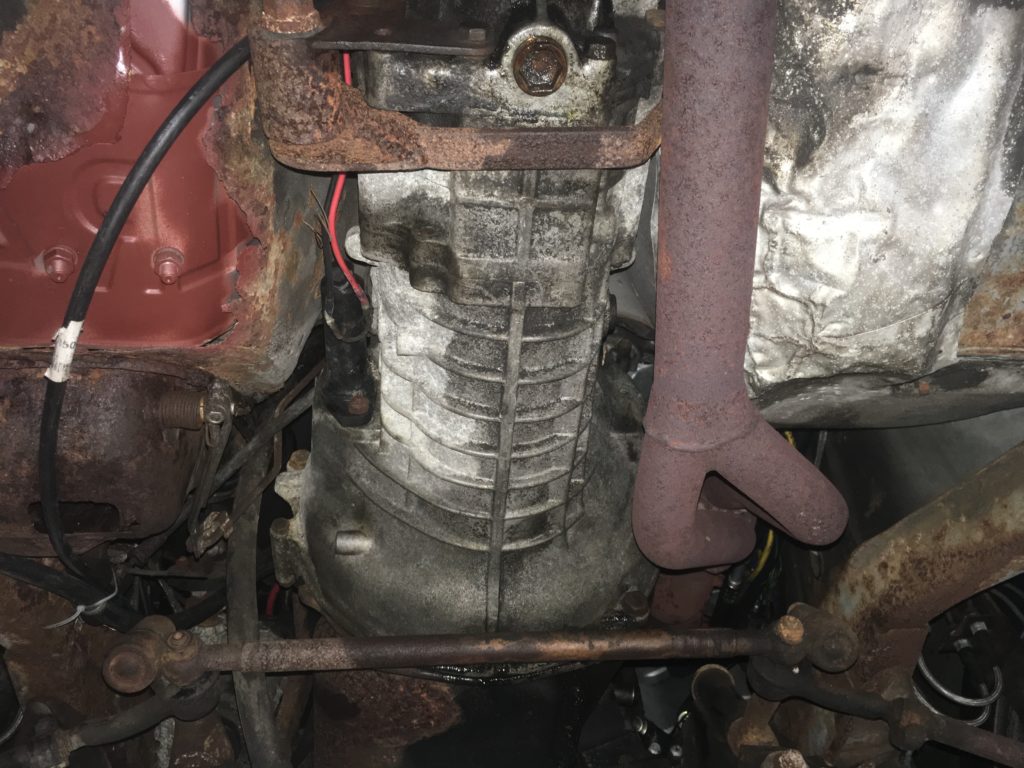
The Getrag 245 five-speed has some concerning issues.

When the bolts are loose, a gap between the giubo and the driveshaft flange is a sure sign of misalignment.
Working backward from the transmission, the second issue is the giubo-alignment problem that many 2002 five-speed conversions have. Because 02s didn’t have five-speed overdrive boxes when new, and because each conversion is different, it’s common for the driveshaft to be misaligned with the giubo, prematurely shortening giubo life.
When I installed the transmission for Alex, probably around 1991, I called up Jim Rowe at The Metric Mechanic and said, “Send me everything I need for a five-speed installation”—but alignment is more than just a matter of parts. The hive mind at bmw2002faq believes that the goal should be to have the driveshaft and the giubo at a perfect right angle, so that the giubo isn’t being distorted in any direction (in other words, ironically, so that the “flex disc” isn’t being flexed). The way to achieve this is typically by adjusting the driveshaft center support bearing left, right, or down. It can’t be adjusted upward, but if you needed it to be, you would instead adjust the back of the transmission downward at the mount. I doubt that, 27 years ago or whenever I installed the five-speed for Alex, I paid the kind of attention to giubo-driveshaft alignment that people pay now. When I reinstalled Bertha’s driveshaft after replacing her cracked giubo and lightly-binding center support bearing, I had to drop the CSB laughably low in order to even come close to alignment. Normally, one would try raising the back of the transmission instead, but Bertha has an über-rare Metric Mechanic transmission bracket, and with it, the height of the back of the transmission isn’t as adjustable as it is with the more common U-shaped bracket.
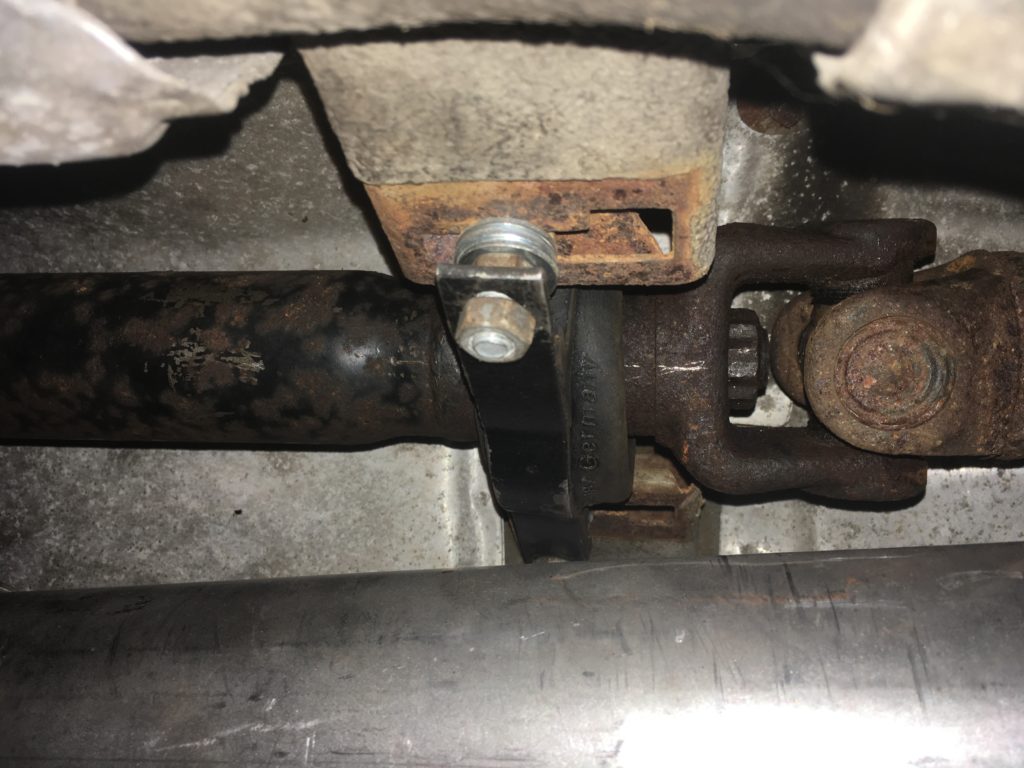
The center support bearing currently has a laughable number of washers to shim it down.
The third issue is that, although the prevailing wisdom is that the alignment of the front half of the driveshaft with the giubo is more critical than the alignment of the front half of the driveshaft with the back half (everyone now ignores the fact that the 2002 factory manual dutifully shows how driveshaft alignment is achieved using two blocks of wood and a straightedge), if the driveshaft is cocked past a certain point, it will vibrate. I believe that some of that is occurring in Bertha.
Finally, there is some low-speed noise. When I had the car on the lift, it appeared to be coming from the differential. I tried to change the fluid, but the fill plug stripped, despite my pre-heating it nearly cherry red, tapping in the Allen key socket, and hitting it with the impact wrench (always loosen the fill plug before removing the drain plug for exactly this reason). Unlike transmissions, I certainly have had differentials blow up on me. I do have other 2002 differentials, so at some point I should just take a few hours and swap one of them in and see what happens.
Together, the four of these issues comprise what I sometimes think of as “inertia repairs.” That is, I can continue to use the car for short trips without fixing them, but in order to address them, I need to put in an uncertain but likely substantial amount of effort, and the outcome, unless I want to spend a lot of money (e.g, new transmission) is unclear. Rather than do the repairs, it’s easier to restrict the envelope of the use of the car. On paper, it doesn’t sound like much (other than the transmission itself), but every time I drive the car and either speed up or take my foot off the gas, the total effect is a rumbling whining or a rumbling beware.
I’ll probably spend the eighty bucks, try the Swepco, swap the differential, make another stab at aligning the giubo, and see where that puts me before sailing too far from shore. Bertha wants to go somewhhere, and I want to let her. I just don’t want the end game to be her at the end of a tow hook.—Rob Siegel
Rob’s new book, Just Needs a Recharge: The Hack MechanicTM Guide to Vintage Air Conditioning, is available here on Amazon. His previous book Ran When Parked is available here. Or you can order personally inscribed copies of all of his books through Rob’s website: www.robsiegel.com.

